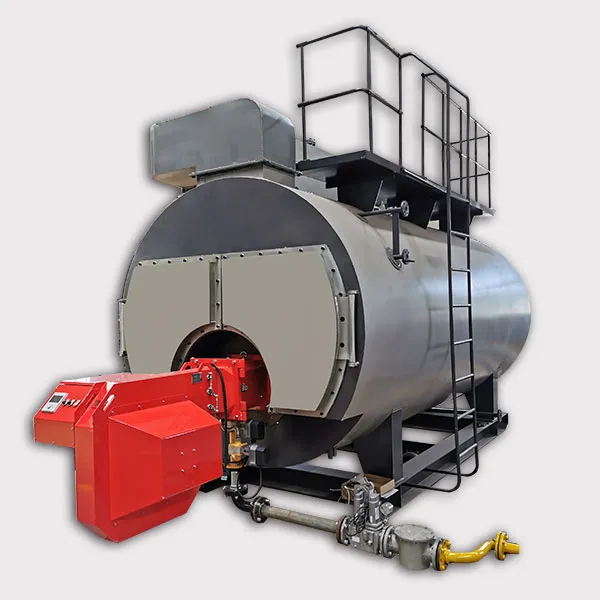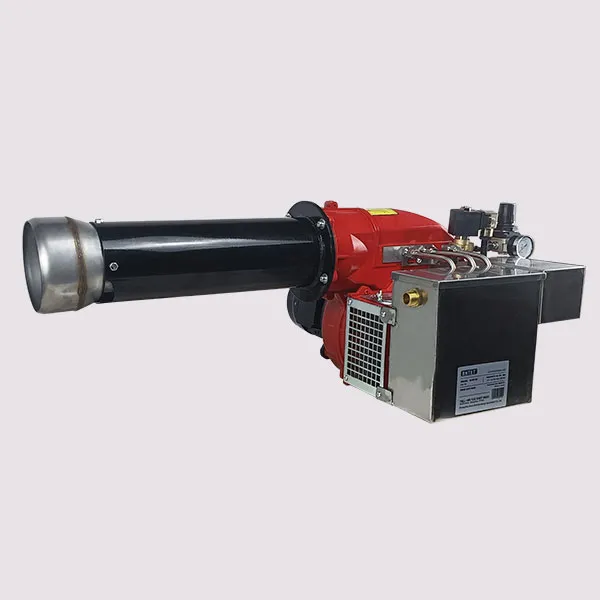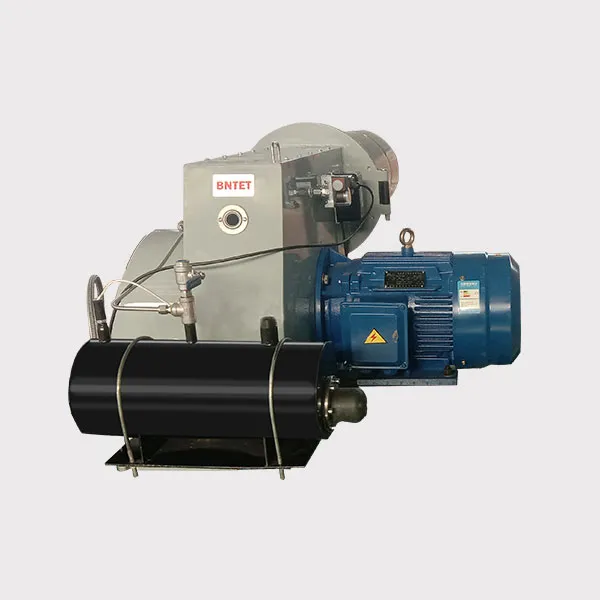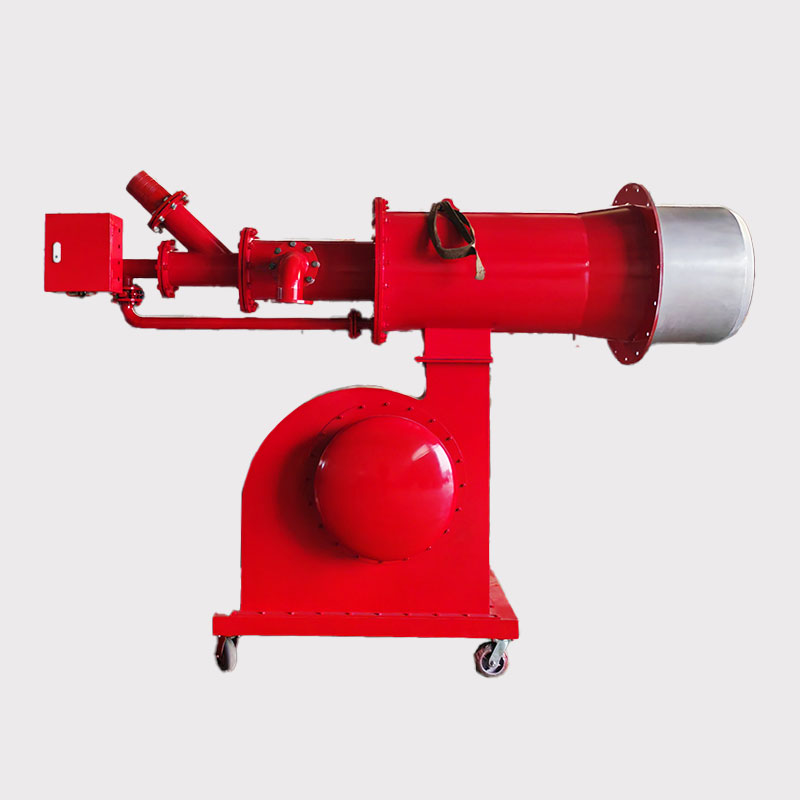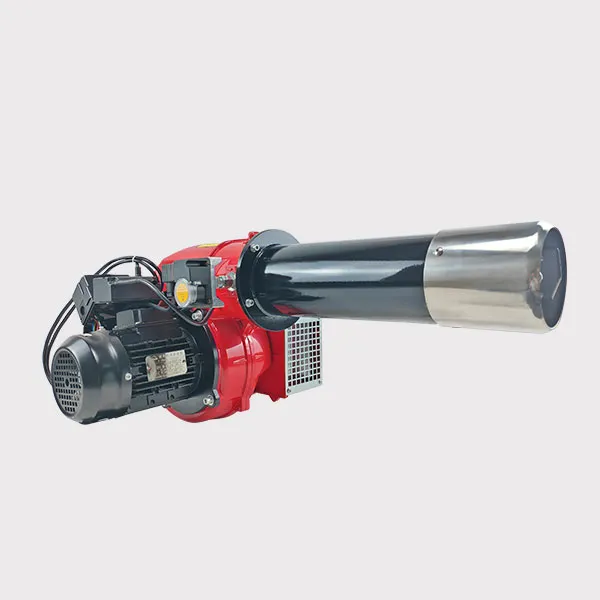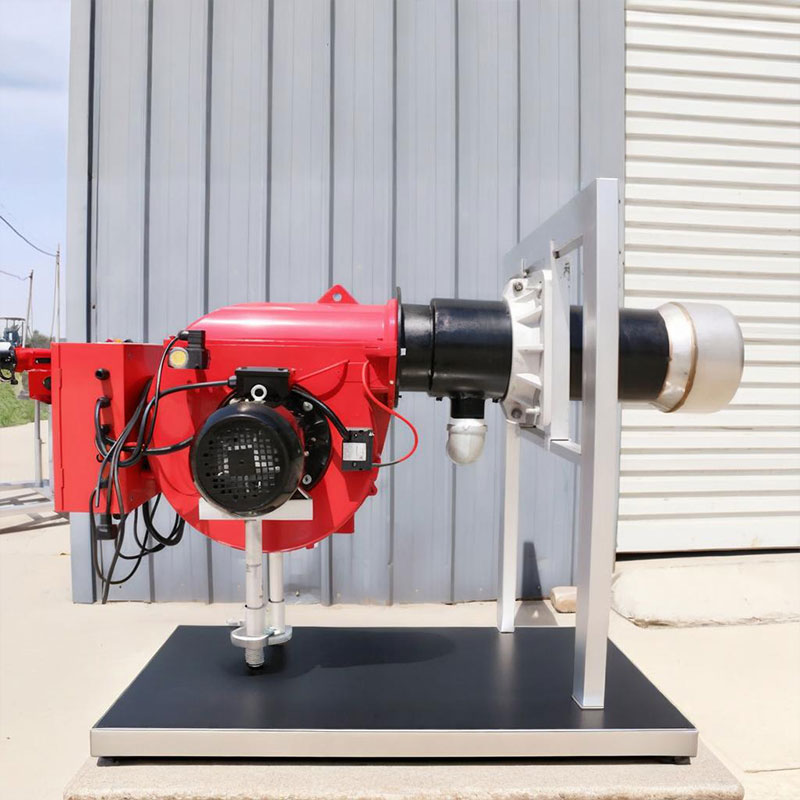Difference Between Photoresistors and UV Sensors
2025-08-14 14:55:38
Photoresistors and UV sensors (ultraviolet eyes) are two distinct types of photosensitive components, differing primarily in their working principles, spectral response ranges, and application scenarios. Below is a detailed comparison:

1. Working Principle
Photoresistor (LDR, Light-Dependent Resistor)
Based on the internal photoelectric effect: When light strikes a semiconductor material (e.g., cadmium sulfide, CdS), its resistance changes with light intensity (higher light intensity → lower resistance).
Outputs an analog signal (variable resistance), requiring additional circuitry (e.g., a voltage divider) to convert it into a voltage or current signal.
UV Sensor (UV Eye)
Typically uses photodiodes or phototransistors specifically tuned to ultraviolet wavelengths (e.g., UVA 315–400 nm or UVB 280–315 nm).
Outputs may be analog (current/voltage) or digital (some integrated modules directly provide a UV index).
2. Spectral Response Range
Photoresistor
Broad response range, usually covering visible light (400–700 nm), with some models extending into near-infrared or UV—though UV sensitivity is low.
Example: CdS photoresistors peak around 550 nm (green light) and are insensitive to UV.
UV Sensor
Designed to selectively detect UV, filtering out visible and infrared interference.
Common types:
UVA sensors: For sunlight UV monitoring or UV curing lamps.
UVB sensors: Medical or environmental applications.
Broadband UV sensors: Cover UVA and UVB (e.g., ML8511).
3. Applications
Photoresistor
Suitable for scenarios where spectral precision is not critical:
Automatic lighting control (streetlights, corridor lights).
Camera light metering, toys, simple light-activated switches.
UV Sensor
Specialized for UV-related detection:
UV index monitoring (weather stations, wearables).
UV curing (3D printing, adhesive hardening).
Flame detection (flames emit UV).
Sun protection alerts or medical devices.
4. Other Differences
| Feature | Photoresistor | UV Sensor |
|---|---|---|
| Sensitivity | Visible light; low UV response | UV-specific |
| Response Speed | Slow (milliseconds) | Fast (microseconds for diodes) |
| Cost | Low ($1–$10) | Higher ($10–$100+) |
| Output Signal | Analog resistance | Analog or digital |
| Interference | Affected by visible/IR light | Immune to visible light |
5. How to Choose?
Measure ambient light (e.g., automatic lighting) → Photoresistor.
Precise UV detection (e.g., UV monitoring) → UV Sensor.
Warning: Using a photoresistor for UV detection may yield inaccurate data due to insufficient sensitivity or interference.


